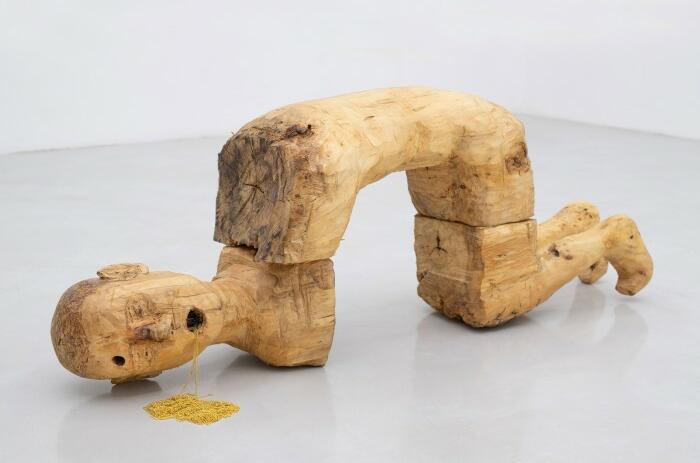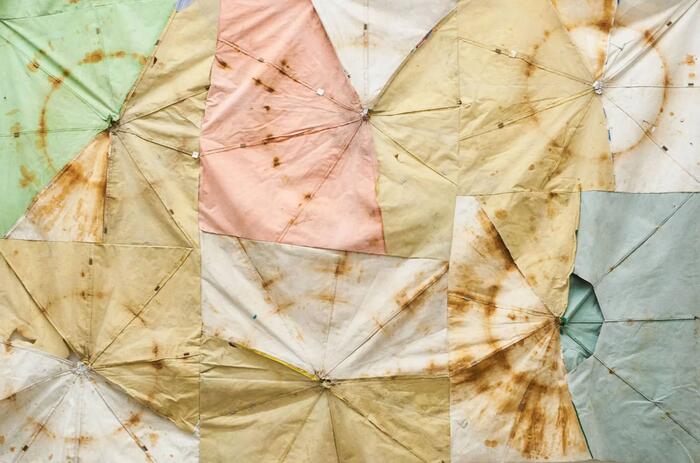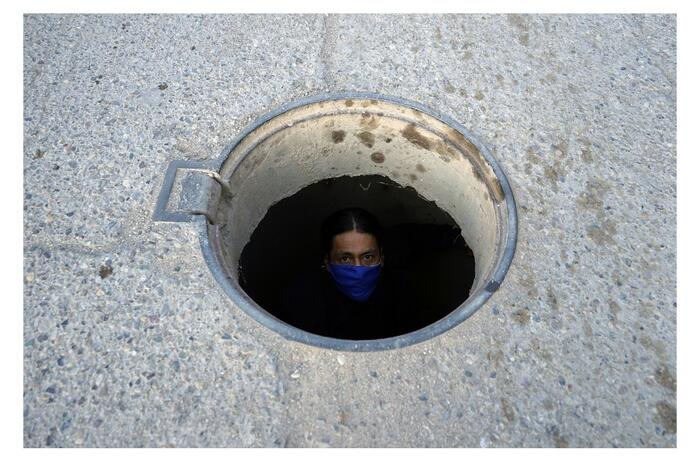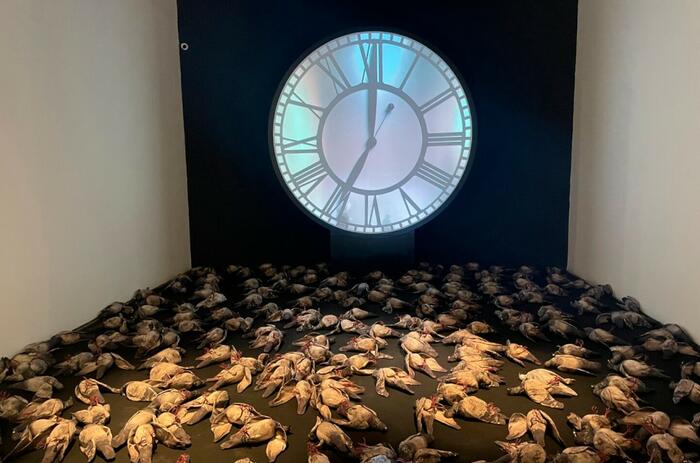FEROCITY AND DEFIANCE. ANTONIO HENRIQUE AT MITCHELL-INNES & NASH
Mitchell-Innes & Nash presented first solo exhibition for Brazilian artist Antonio Henrique Amaral (1935-2015). Antonio Henrique Amaral: O Discurso will feature 10 paintings ranging in date from the 1960s to the 1990s.

Antonio Henrique Amaral: O Discurso Will be the largest concentration of the artist’s work seen outside of South America since 1996.
A pioneering figure in Brazilian and Latin American art, Amaral developed his signature style during the second half of the 20th century, coming of age under the 1964 coup d’état which installed military rule in his home country. His visceral and allegorical works of this period deal with political violence and existential discontent through an incisive visual approach that seeks to challenge authoritarianism. When the military dictatorship was overturned through democratic elections in the late-1980s, Amaral shifted his attention to representations of forests, water and other forms of nature—and, frequently, the dangers to their survival.
In the artist’s Bocas (Mouths) paintings, such as Third Person (1967) and O Discurso ou El Tirano (1967) Amaral depicts political talking heads either arguing to questionable effectiveness or amplifying their opinions to gain fame and influence.
Amaral’s works from the 1970s reach a peak of ferocity with his Campo de Batalha (Battlefield) series. Spending sustained periods of time in New York, Amaral created works in his SoHo studios such as Campo de Batalha 32 (1974) and Os Metais e as Viseras II (1975) that show weaponized forks piercing fragments of bananas or bodily remnants.
Paulo Miyada, curator for the Centre Pompidou, wrote, “When one observes Antonio Henrique Amaral’s oeuvre as a whole it is plausible to think of it as a bestiary expanded in time and space: a succession of forms and figures that defy human identification and its capacity for communication, or, in a complementary way, a landscape of inanimate objects that he imbues with an empathic identification. There is still much to discover and debate in his work, especially now, when at every point and place there is a search for examples of artworks able to resist not only the authoritarian projects now underway, but also the normativities that restrict the understanding of the nature of desire, sexuality and communication”.









